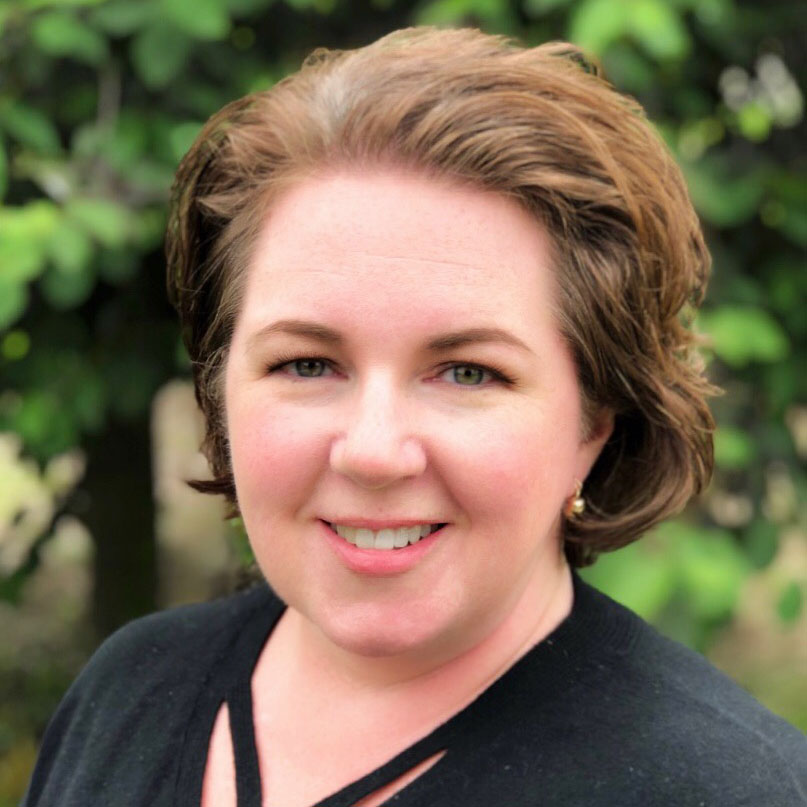Takeaways from Rethinking Rates conversation

The conversation surrounding OPPD’s rate restructuring proposal has been active and ongoing since the utility began discussing the plan with customers in mid-October. Prior to those discussions, the utility began to look at the trend of restructuring rates as early as several years ago.
The proposal would better align OPPD’s rates with its costs by raising the service charge and lowering the usage charge. The average current bill structure consists of 90 percent variable charges, those based on how much energy is used. In comparison, only 30 percent of OPPD’s costs to serve customers are variable. The restructuring proposes the bill consist of 65 percent variable charges, with fixed charges, or the service charge, increasing from the current $10.25 to $35 by 2019. However, a team of employees is looking at potential modifications to this proposal.
Restructuring rates this way would bring no additional revenue to OPPD, and it still allows customers to control their bill through energy usage. It also more equitably shares the cost of providing power to OPPD’s more than 360,000 customers and eliminates the extreme highs and lows that can be seen on an electric bill throughout the year. The fixed and variable ratio of bills for OPPD’s industrial customers is similar to the proposed restructure for residential and small commercial customers, yet continue to see incentives to conserve energy.
Nationwide, the utility industry is changing. While adopting and reacting to more and more technology options available to customers, which has changed how they use the product, utilities must continue to provide power to all customers all day, every day. The cost of providing electricity includes substantial fixed infrastructure vital to maintaining OPPD’s system reliability, among the highest in the nation for the past 14 years. Leadership has identified $65 million in budget cuts for the 2016 budget and continues to look for additional, permanent cuts for subsequent years.
Market research into the rate restructure began earlier this fall by surveying OPPD’s online panel of approximately 3,400 customers who have agreed to participate in surveys on a broad range of utility issues. This approach is similar to the one used for the utility’s future generation plan. Of the 3,400 panelists, consisting of a demographically representative random sample of OPPD customers, 1,380 responded. They represented a cross-section of low, average and high energy users. This sample size provides statistical precision of approximately plus or minus three percentage points. Of those surveyed:
- The level of acceptance for an example of the restructured bill ranged from 56 to 64 percent across the service charge levels tested.
- After mentioning that the restructuring would not create additional revenue for OPPD, acceptance ranged from 67 to 71 percent.
- Approximately 44 percent found the restructuring proposal to be “reasonable”; 27 percent said it was “not reasonable”; and roughly 30 percent indicated they “don’t care” one way or another.
Following the research, the public was encouraged to engage with the district through public stakeholder meetings and by leaving comments on the OPPD Listens website. As of Dec. 8, a total of 408 comments had been logged through the website, via email and from phone calls to the Board of Directors. Every comment, phone call and email received a response, and the Board of Directors was given regular updates regarding customer input.
When OPPD wrote the proposal, we knew some concerns would surface around low-income customers, distributed generation and efficiency incentives. True to form, those concerns were raised by customers, and OPPD has plans underway to address them. These concerns are:
- The restructuring proposal penalizes those who can least afford it.
Answer: The proposed increase of the basic service charge would be the same for all residential and small commercial customers. At the same time, there would be a decrease in the usage (per-kWh) charge. Approximately 105,000 OPPD customers fall into the low-usage category. That number includes some of those considered low-income, but also those who choose a lifestyle of reduced energy consumption. OPPD is currently reviewing ways to address the concerns related to low-income customers. - The proposal discourages investment in distributed generation.
Answer: Distributed generation as it relates to the electricity infrastructure can be compared to electric cars and their relationship to roads and highways. Electric vehicles don’t use gas, therefore eliminating contributions to gas tax revenue, which is used for roads projects. But these cars use roads just like conventional vehicles. Distributed generation customers continue to use the system in a conventional manner when the sun isn’t shining and also rely on the infrastructure to distribute the power they generate. It is reasonable for these customers to contribute to costs of the “energy highway” they continue to rely on. OPPD is very much engaged in new technology, including automated distribution circuits that send communication about outages to OPPD’s control center. Personnel are also studying the possibility of using battery storage in the future. - The proposal does not reward energy management and conservation and instead rewards high-usage customers.
Answer: OPPD’s current rate structure allows customers to achieve savings far in excess of what OPPD can reduce when usage declines. As a result, fixed costs are transferred to other customers. There are core services OPPD must provide for every customer, regardless of usage. Under the restructuring proposal, customers will still control of 65 percent of their bill (per-kWh usage). OPPD will remain committed to demand-side management programs, such as Cool Smart and HVAC Smart, which offer incentives for customers to reduce and manage their energy efficiency.

Laura King-Homan is the manager of Corporate Brand and Communication Operations, at Omaha Public Power District. She has nearly 20 years of print journalism and design experience, including the Omaha World-Herald.
View all posts by Laura King-Homan >







